Compare your DNA to 168 Ancient Civilizations
FIND THE HISTORY OF YOU
So, you've got your DNA results? To discover who you really are, you need to know where you come from. We can take your DNA results one step further through the use of advanced archaeogenetics
How It Works
Uncovering your ancient ancestry is simple with our three-step process.
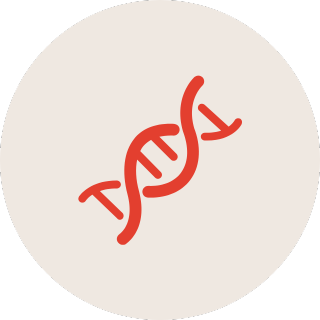
Take a DNA Test
Get tested with one of the major DNA testing companies (e.g. AncestryDNA, MyHeritage, FamilyTreeDNA, DanteLabs etc.).

Download Your Raw Data
Download your raw DNA data file from your testing provider's website. We support all major formats.

Upload & Explore
Upload your DNA file to our secure platform and receive your detailed ancestry analysis within minutes.
DIG DEEP
Into Your Ancient History
Your DNA, fully visualized
Explore your roots with exclusive dynamic graphs, interactive maps, and ancestral timelines designed to bring your ancient past to life.

Why Choose MyTrueAncestry
Discover what sets our ancient DNA analysis apart from traditional ancestry services.

100% Anonymous Insights
All retained data is fully anonymized, ensuring your privacy is completely protected.
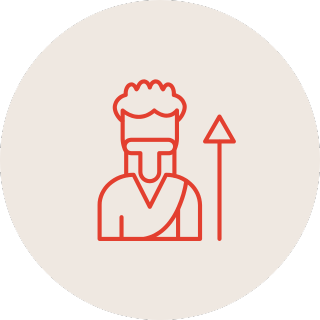
Powered by Real Ancient DNA
The only service powered by real ancient DNA samples from all over the world and advanced archaeogenetics technologies.

Try For Free
Our basic analysis is 100% free for you to try with no payment method required.
BROWSE OUR DNA SPOTLIGHTS
Ötzi the Iceman
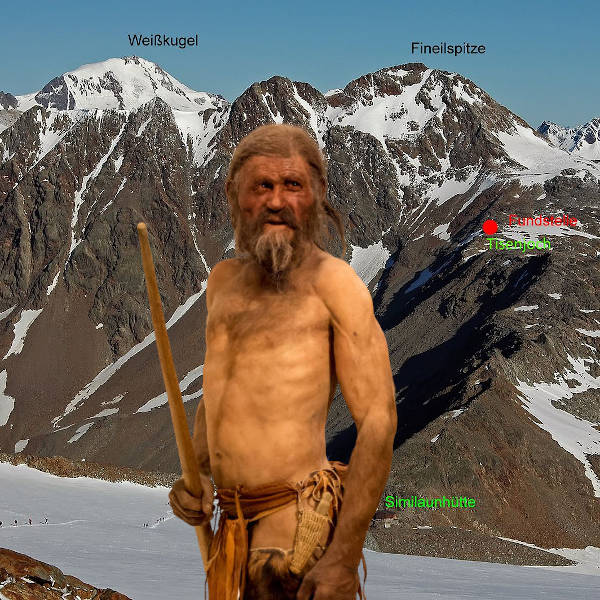
In 1991, hikers discovered the mummified remains of a man who died 5300
years ago in the Alps with an arrow stuck through his shoulder. His genetics
show great affinity to modern Sardinia and it is thought if you have ancestors
stem from the region between Sardinia and the Alps, there is a chance you could
be related to Ötzi. Found in the Ötztal Alps between Italy and
Austria, he was given the nickname Ötzi and represents Europe's oldest known
natural mummy.
He is believed to have been murdered as the arrowhead in his left shoulder
was a fatal wound. He had brown eyes, O-type blood, was lactose intolerant and
probably had Lyme disease. Analysis of his colon showed Ötzi's
second-to-last meal included ibex meat, cereals and plants. His last meal
included red deer meat, grasses and cereals. He had a gap in his smile, lacked
wisdom teeth and also had a fairly rare condition where he lacked the smallest
ribs on either side.
Read more here
High Ranking Birka Shield-maiden
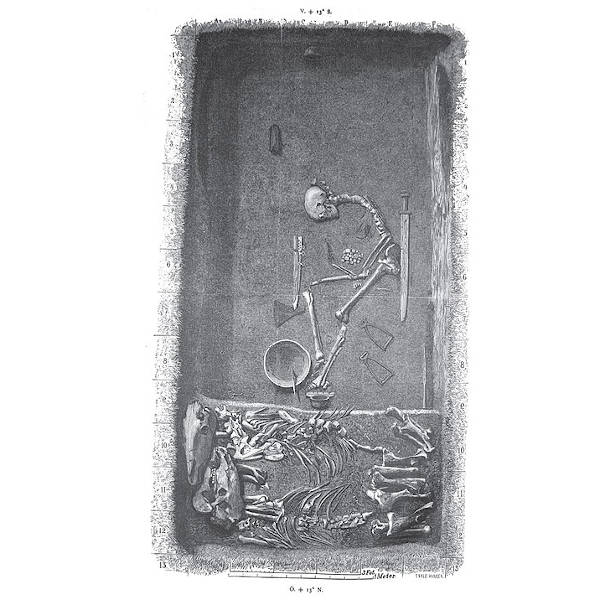
The Birka female Viking warrior was a woman buried in the 10th century in
Birka, Sweden and discovered in the 1870s. The grave was assumed to be a battle
hardened man for 128 years until DNA analysis proved she was actually a
high-ranking professional warrior. Shield-maidens are female warriors that take
on male roles including wielding weapons and are depicted in many period
figures, tapestries and brooches as well as mentioned by the famous Danish
historian of the time, Saxo Grammaticus.
The grave chamber was made of wood and approximately 3.45m long and 1.75m
wide. The body was in a sitting position and found earing garments of silk and
silver. The grave contained a sword, an axe, a spear, armor-piercing arrows, a
battle knife, two shields, two horses, one mare and one stallion. The grave also
contained a game set with a board and pieces. This is considered evidence of her
strategic thinking and indicating she was an officer who could lead troops into
battle.
Read more here
Roman Gladiators from York
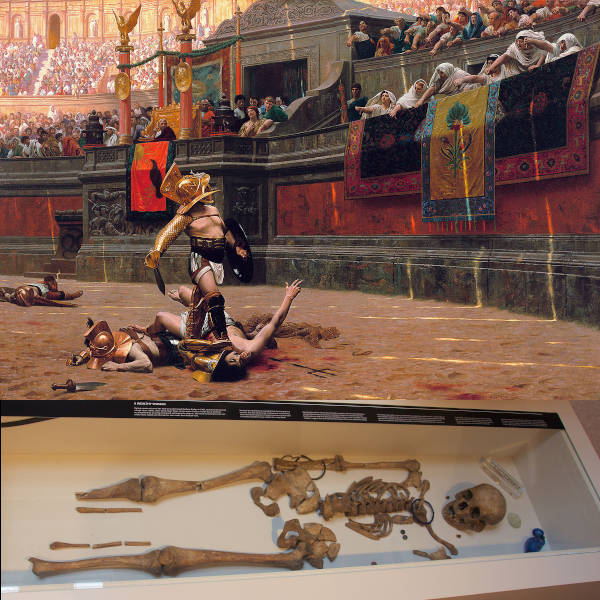
The Roman conquest of Britain began in 43 AD but resistance in the north
was fierce. Roman General Quintus Petillius Cerialis led the 9th Legion into the
north and founded Eboracum in 71 AD (which became York) Originally Eboracum was
intended to be a military fortress aligned along the river Ouse measuring about
50 acres in size. This wooden camp was upgraded to stone in 108 AD and
garrisoned by the 6th Legion. The famous Emperor Hadrian reportedly visited
Eboracum in 122 AD in order to plan his great walled frontier, which would be
named after him. Emperor Septimus Severus visited in 208 AD and made it his
private base while campaigning against Scotland, and he became the first of
three Roman Emperors who would die in Eboracum. In 237, the town became a
colonia, the highest legal status any Roman city could attain as Eboracum was
the largest town in the north and the capital of Britannia Inferior. This is
exactly the time period from when these 7 gladiators hailed.
Detailed analysis of these gladiators from York revealed some fascinating
results. The bones showed various degrees of wear and tear as one might expect
from the dangerous sport: 6DRIF-18 revealed a spinal fracture of the first
vertibrae, 6DRIF-21, 6DRIF-3, and 3DRIF-16 meanwhile have fractured forearms,
ankles and wrists. 6DRIF-22 has a skull injury as well as a stab to the neck -
his extra vertebrae did not seem to assist with his fate. 6DRIF-23 meanwhile had
4 cuts to his jaw and was fully decapitated - clearly not the best fate to have.
Last but not least 3DRIF-26 is fascinating indeed - he had a left shoulder
injury, fractured ribs, damage wrists - and from a genetic standpoint is a
deviation from the rest. His background compared to ancient samples from the
time period matches very close to Ptolemaic Egyptians or the Near East.
Read more here

Join Our Community
Our Community blog is your hub for the latest discoveries in ancient DNA, archaeology, and lost civilizations.
Stay curious, stay connected.
Stay curious, stay connected.

Contact Us:
EMAIL
INFO@MYTRUEANCESTRY.COM
MAILING ADDRESS
MyTrueAncestry AG
Seestrasse 112
8806 Bäch
Switzerland



